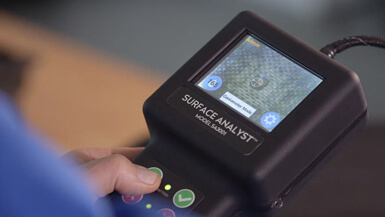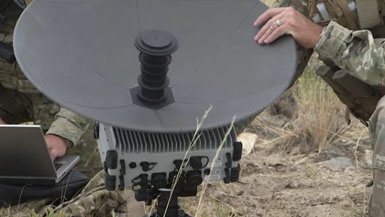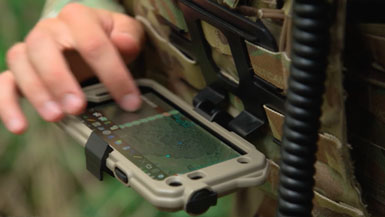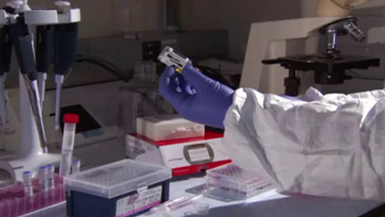Why Technology Transfer Is Important
Every year, billions of American taxpayer dollars go into funding research and development (R&D) at our federal laboratories, with the intent being for those innovations to return their investment and move from the laboratory to the marketplace, thereby boosting our economy.
To ensure the best use of taxpayers’ contributions to R&D conducted at federal labs, Congress enacted the Stevenson-Wydler Technology Innovation Act of 1980 and the Federal Technology Transfer Act of 1986, which mandated that federal labs accelerate the results of their hard work into the market through collaborative partnerships with any nonfederal organization such as private business, academia, and state and local governments.
Combating Antibiotic Resistance
Agile Sciences in Raleigh, NC has developed a potentially powerful, effective and affordable means to stem the tide of antibiotic resistance. CLICK FOR MORE.
BTG Labs- The Surface Analyst
A small materials research company in Cincinnati, Ohio, answered a call from the U.S. Air Force in the early 2000s and today finds itself immersed in a revolutionary transition in manufacturing. CLICK FOR MORE.
Man-Packable Segmented Satellite Dish Antenna
It’s tempting to imagine them appearing suddenly at dusk or filtering in through a side door—Air Force special operations personnel, coming to the Air Force Research Laboratory (AFRL) in Rome, New York, in 2008 with a request: build us a complete satellite terminal that will fit in a case the size of a carry-on bag. CLICK FOR MORE.
ATAK: Team Awareness Kit
“Black Hawk Down was the motivational scenario for me,” says Principal Engineer Ralph Kohler of the Air Force Research Laboratory’s Information Directorate, referring to the fateful 1993 Battle of Mogadishu, in Somalia. “People could not execute their missions because they didn’t know where everyone else was. The system didn’t work.” CLICK FOR MORE.
Data Mining Healthcare Records To Optimize Patient Treatment and Aid Medical Studies
Deloitte, which bills itself as the world's largest health consultancy, and Intermountain Healthcare, known around the world for its pioneering work in healthcare informatics, are teaming up to help transform healthcare. CLICK FOR MORE.





